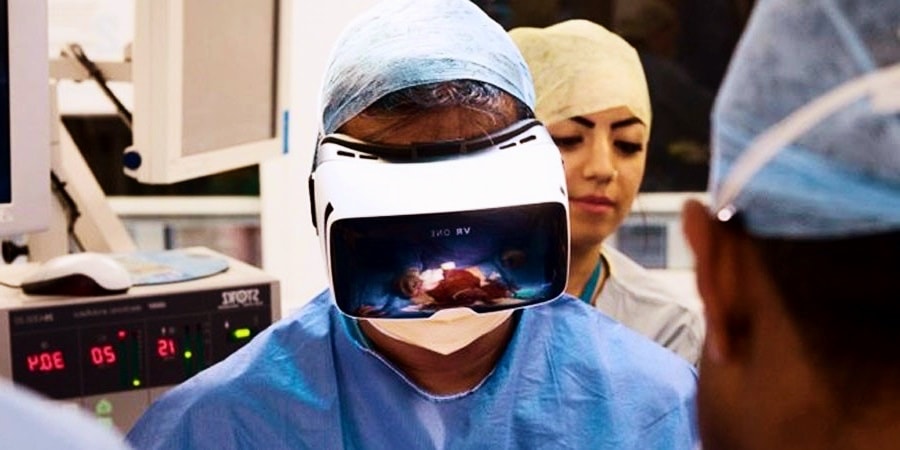3 key ways Virtual Reality is Changing Surgery
Virtual reality is turning out to be an effective tool to teach skills in the operating arena. Today, before surgery, doctors rely on 2D images to understand the complex human anatomy. Sometimes, even with the presence of radiologists, operating staff, anesthesia specialists, etc. crucial information is lost. Surgery is not only about science, but it’s also about art. VR is lending a helpful hand by helping doctors practice complex surgeries with precision. Using the VR headsets, surgeons can virtually fly through the brain or the body of the patient and give them new life.
The imminent adoption and rapid acceptance of VR technology is changing the way humans look after themselves, racing towards an era of improved medical training and successful surgical procedures.
1) Virtual Reality Train the doctors of tomorrow
The medical profession, especially surgery, is accepting virtual reality with open arms. The technological advancement is an opportunity for the budding doctors to harness and polish their skills. Using VR, surgeons can teach the medical students tricky surgical procedures in a safe and supportive environment. They learn and practice without risking the life of the patient. The trainees gain valuable experience and receive feedback from the mentors which develops their skills. Using VR, budding doctors can gain confidence, perfect their surgical techniques, and save the life of people when they step in the real world. In short, VR provides an immersive and supportive training environment.
2) Virtual Reality Simplifies complex surgeries
Procedures such as cesarean or open heart surgery are common. Although every cesarean case may be different, the procedure is the same. But rare and unique cases, such as separating conjoined twins, comes a challenge. Carrying out a successful surgery with meticulous planning is not sufficient. For such cases, 3D visualization is proving as a boon in disguise. Surgeons can create a virtual model of the joined parts and, study the details, venture in the organs and locate pitfalls and roadblocks that can complicate the surgical procedure. VR is reducing the number of surprises a surgeon deal with while performing the surgery.

3) Safeguards the patient
To error is human, but to error during a surgical procedure is a difficult circumstance for everyone involved. Surgical surprises put the patient’s life was at risk. But, using the 3D models, surgeons study the patient’s anatomy and understand the potential issues that might arise. Furthermore, VR is helping the doctors prepare for unforeseen circumstances by allowing a walk-through the patient’s organs.
Virtual reality is bringing a revolution in surgery and ultimately improving the patient care. VR is here to stay longer than anyone can anticipate.
